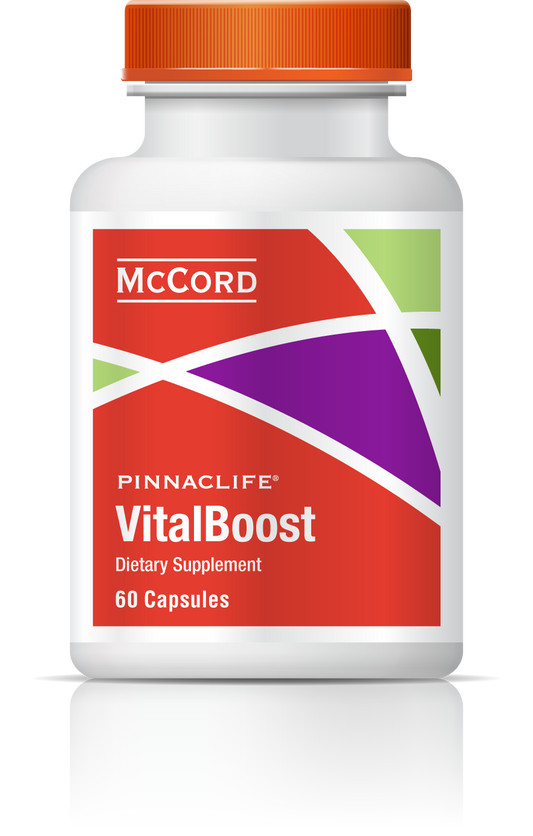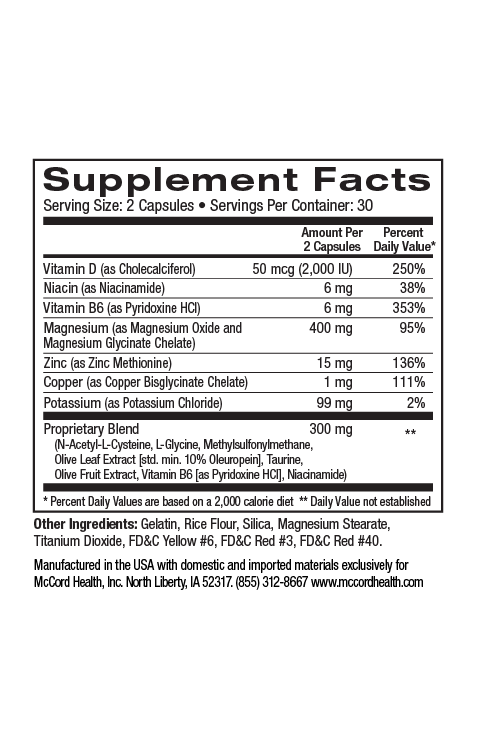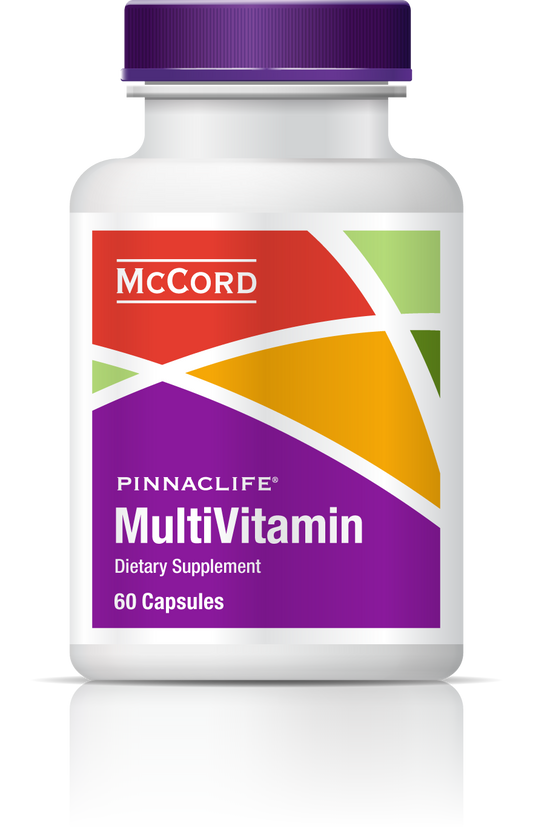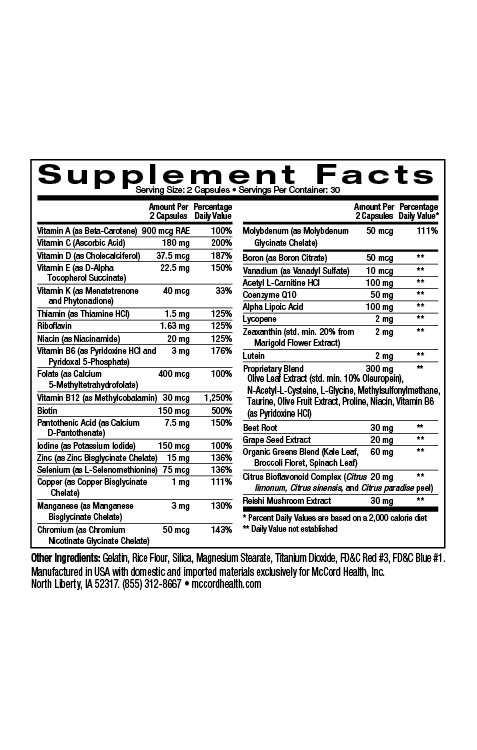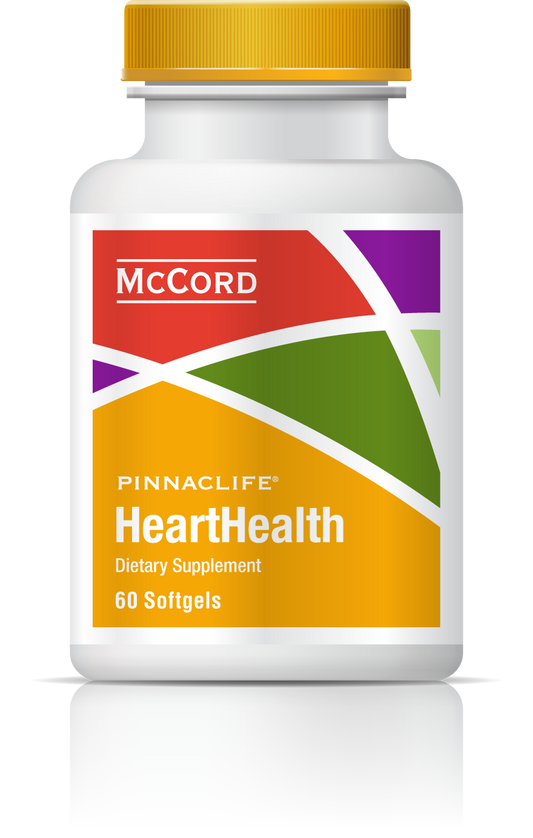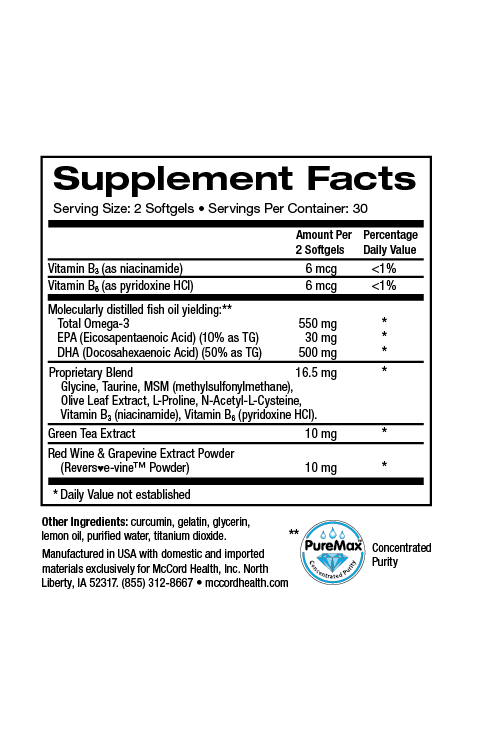Hyaluronic acid (HA) is composed of D-glucuronic acid and N-acetyl-D-glucosamine bound with beta-glucoside linkages. It’s quite large (naturally) with a molecular weight as high as 5 million kDa, and due to its large size and positive charge, HA is capable of binding up to 1000 times its weight in water. HA belongs to a large family of glycosaminoglycans (GAGs) that comprise a substantial portion of the extracellular matrix (ECM), which is composed of molecules (secreted by cells) that provide structural and biochemical cellular support.
In addition, the presence of HA in tissues stabilizes other ECM components. HA is found in all tissues of the human body, but is most abundant in skin, where 50% of the total HA is found. HA is important for skin homeostasis and structural stability. Moreover, HA like other ECM components is critical in the regulation of all stages of wound repair including cellular migration, inflammation and remodeling.
Decreasing Inflammation and Promoting Wound Healing
Viniferamine® skin and wound care products include small molecule ingredients that decrease excess inflammation and increase wound healing including the powerful anti-inflammatory polyphenols oleuropein, resveratrol, and epigallocatechin-3-gallate (EGCG) from olives, grapes, and green tea, respectively, as well as the important anti-inflammatory small molecules, melatonin, and L-glutathione.In addition, dipotassium glycyrrhizate from licorice, avenanthramides in oats, aloe vera and shea butter possess anti-inflammatory activities. Oleuropein, L-carnosine, L-glutathione, asiaticoside and aloe vera improve wound healing along with titrated extract of Centella asiatica (TECA) and aloe vera that stimulate collagen synthesis.
HA has been used as a scaffold in tissue engineering to provide three- dimensional support for improved cell growth and growth factor presentation. During normal wound healing, HA levels increase rapidly due to its production from platelets and injured endothelial cells, reaching a maximum on the third day after wounding and then decreasing. Interestingly, HA preparations have been used to improve non-healing wounds including chronic leg ulcers and burn wounds.
The main cell receptor for HA is the CD44 glycoprotein. In the wound environment, CD44 internalizes HA degradation products and induces fibroblast migration from surrounding tissue into the wound. High molecular weight HA and the CD44 signaling pathway together play a critical role in regulating inflammation. In addition, the interaction of high molecular weight HA and CD44 triggers a cascade that results in increased cell growth and motility. In the basal layer of the epidermis, HA has an intracellular (inside that cell) location and HA content is especially high in proliferating basal cells. In fact, the HA content in the dermis is higher than in the epidermis, and the main source of HA synthesis is fibroblasts. HA’s main functions in the dermis include the regulation of hydration and osmotic pressure, as well as filtering and excluding certain molecules.
In this way, HA plays an important role in regulating molecular traffic through tissues. In addition, it is involved in angiogenesis, immune regulation, and scar formation. Interestingly, elevated levels of HA are associated with scar-free fetal tissue repair. In contrast, aged skin, due to exposure to UV (photoaged), has diminished levels of HA leading to skin atrophy. UV radiation also produces HA fragments (low molecular weight HA), which are inflammatory.
Protecting Hyaluronic Acid
Normal aging can also lead to smaller HA molecules due to increased levels of the degradative enzyme, hyaluronidase and the production of free radicals known as reactive oxygen species (ROS) that also increase with aging, leading to oxidative stress. In addition, some drugs including glucocorticoids like hydrocortisone can decrease levels of HA in the skin with prolonged use resulting in skin thinning and atrophy. Viniferamine® skin and wound care products including Silicone Barrier contain dipotassium glycyrrhizate, which helps protect HA from degradation. Oxidative stress results from the inability of cells to eliminate ROS using the natural defense system that includes defense enzymes such as superoxide dismutase (SOD).
Viniferamine® skin and wound products including Renewal Moisturizer contain potent antioxidants such as oleuropein, resveratrol, and EGCG, as well as melatonin, and L-glutathione. In addition, in a model where manganese (Mn)SOD was deactivated, oleuropein induced MnSOD activity; EGCG has been found to induce MnSOD expression and resveratrol has been shown to upregulate MnSOD activity.
It’s good to know that Viniferamine® skin and wound care products contain ingredients that protects hyaluronic acid from degradation to help increase skin hydration and wound healing. Moreover, Viniferamine® products contain other beneficial ingredients that increase wound healing and decrease inflammation and oxidative stress.
About the author: Nancy Ray, PhD is the Science Officer at McCord Research. Dr. Ray received her PhD in Biochemistry and Biophysics and was a postdoctoral fellow at NIH, Harvard University and Dana-Farber Cancer Institute, and the University of Iowa. She also earned bachelor of science degrees in Chemistry and Microbiology.
References
- Wounds 2016; 28: 78-88.
- Exp Dermatol 2014; 23: 295-303.
- Dermato-Endocrinol 2012; 4: 253-258.
- Wound Rep Reg 2014; 22: 579-593.
- Int J Mol Sci 2014; 15: 18508-18524.
- Diab Vasc Dis Res 2014; 11: 92-102.
- Oxid Med Cell Longev 2012; ID 560682:1-8.
- J Pineal Res 2013; 55: 325-356.
- Int J Gen Med 2011; 4: 105-113.
- Evid Based Complement Altern Med 2012; ID 650514:1-9.
- Cell J 2014; 16: 25-30.
- ISRN Endicronol 2014; ID 816307: 1-8.
- J Am Acad Dermatol 2005; 52: 1049-1059.
- J Pineal Res 2008; 44: 387-396.
- Surgery 1986; 100: 815-821.
- Ann Plast Surg 2007; 58: 449-455.
- Phytother Res 1999; 13: 50-54.
- J Ethnopharmacol 1998; 59: 179-186.
- Connect Tissue Res 1990; 24: 107-120.
- BMC Compl Altern Med 2012; 12: 103-120.
- Altern Med Rev 2003; 8: 359-377.
- Curr Med Chem 2009; 16: 2261-2288.
- Evidence-Based Compl Alt Med 2012; 2012: ID 650514.
- Int J Pharm 2002; 241: 319-327.
- Int J Biochem Cell Biol 2008; 40: 1101-1110.
- Ann Plast Surg 2007; 58: 449-455.
- PLOS One 2015; 10: e0115341: 1-18.
- Exp Dermatol 2008; 17: 713-730.
- J Biol Regul Homeost Agents 2014; 28: 105-116.
- Arch Biochem Biophys 2008; 171-177.
- Phytochem 2014; 98: 164-173.
–––––––
Disclaimer: These statements have not been reviewed by the FDA. The decision to use these products should be discussed with a trusted health care provider. The authors and the publisher of this work have made every effort to use sources believed to be reliable to provide information that is accurate and compatible with the standards generally accepted at the time of publication. The authors and the publisher shall not be liable for any special, consequential, or exemplary damages resulting, in whole or in part, from the readers’ use of, or reliance on, the information contained in this article. The publisher has no responsibility for the persistence or accuracy of URLs for external or third party Internet websites referred to in this publication and does not guarantee that any content on such websites is, or will remain, accurate or appropriate.
